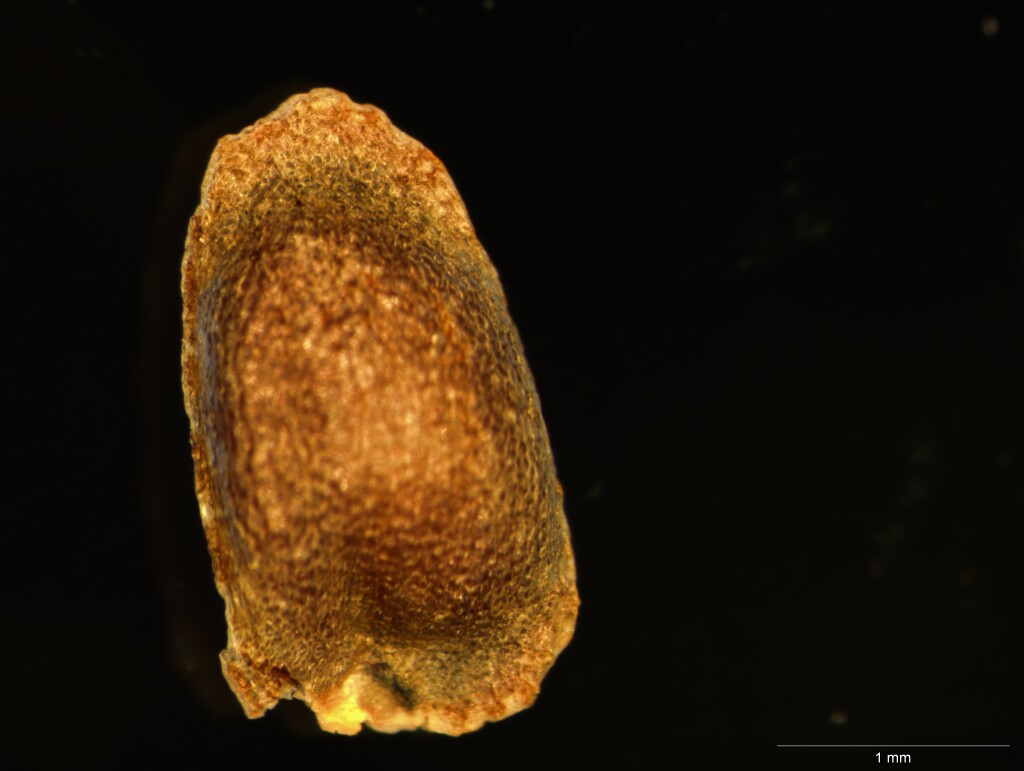Barbarea grayi
HewsonAnnual or biennial, to 90 cm high, erect, robust, glabrous, bright lettuce-green. Basal leaves with long petioles, and terminal ovate lamina, sometimes with 1 (rarely to 3) pair(s) of lateral lobes, thickish; lower stem leaves with up to 6 pairs of lateral lobes; upper stem leaves simple or with 1 pair of lateral lobes, margins scalloped or toothed. Sepals 3–3.5 mm long; petals 5–6.5 mm long. Fruit more or less erect, linear, 2–6 cm long (including style), 2–2.5 mm wide; style 0.5–1 mm long; pedicels erect, 3–7 mm long, c. 1 mm diam.; seed with a narrow tuberculate wing. Flowers summer.
VRiv, NIS, EGU, HSF, HNF, VAlp. Also NSW, ACT. Grows in damp areas near high-altitude streams (e.g. Conglomerate Ck, Caledonia R., Mt Buller, Buchan R., Nunniong Plateau, Bogong High Plains), generally rare, but sometimes locally abundant following fire or local disturbance.
This mainland Australian species has been reported from Victoria under two incorrect names: Barbarea grayi differs from the Tasmanian endemic B. australis in having a more crowded inflorescence (c. 2 fruits per cm) and winged seeds, and from B. vulgaris, a European species naturalised in New Zealand, in having a style 1 mm long or less.
Entwisle, T.J. (1996). Brassicaceae. In: Walsh, N.G.; Entwisle, T.J., Flora of Victoria Vol. 3, Dicotyledons Winteraceae to Myrtaceae, pp. 399–459. Inkata Press, Melbourne.
 Spinning
Spinning

